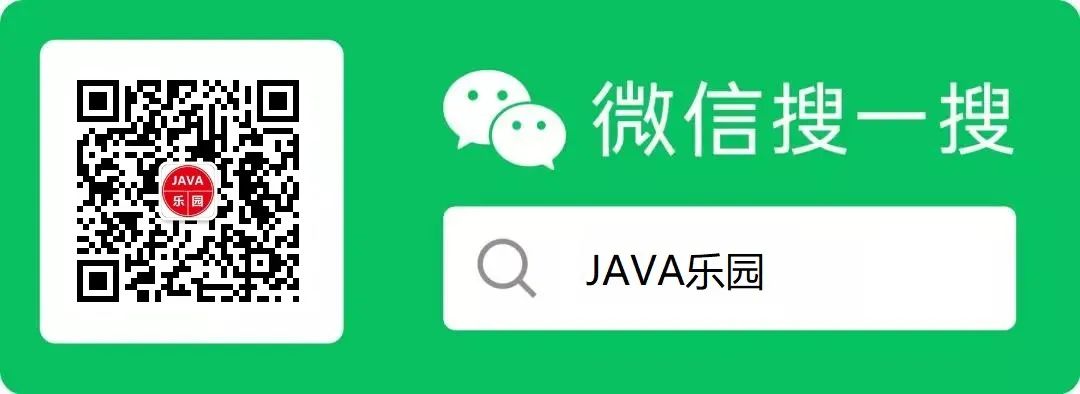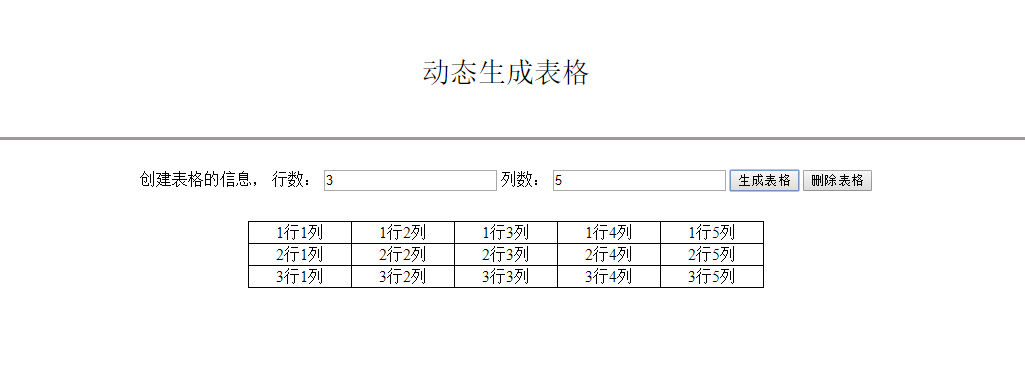We are facing a challenge in reading the COMP-3 data in Java embedded inside Pentaho ETL. There are few Float values stored as packed decimals in a flat file along with other plain text. While the plain texts are getting read properly, we tried using Charset.forName("CP500");, but it never worked. We still get junk characters.
Since Pentaho scripts doesn't support COMP-3, in their forums they suggested to go with User Defined Java class. Could anyone help us if you have come across and solved such?
Is it a Cobol File ???, Do you have a Cobol Copybook ???.
Possible options include
- As Bill said Convert the Comp-3 to Text on the source machine
- Write your own Conversion Code
- Use a library like JRecord. Note: I am the author of JRecord
Converting Comp-3
in Comp-3,
Value Comp-3 (signed) Comp-3 (Unsigned) Zoned-Decimal
123 x'123c' x'123f' ?? "12C"
-123 x'123d' "12L"
There is more than one way to convert a comp-3 to a decimal integer. One way
is to
- Connvert x'123c' ->> String "123c"
- Drop the last character and test for the sign
Java Code to convert comp3 (from a byte array:
public static String getMainframePackedDecimal(final byte[] record,
final int start,
final int len) {
String hex = getDecimal(record, start, start + len);
//Long.toHexString(toBigInt(start, len).longValue());
String ret = "";
String sign = "";
if (! "".equals(hex)) {
switch (hex.substring(hex.length() - 1).toLowerCase().charAt(0)) {
case 'd' : sign = "-";
case 'a' :
case 'b' :
case 'c' :
case 'e' :
case 'f' :
ret = sign + hex.substring(0, hex.length() - 1);
break;
default:
ret = hex;
}
}
if ("".equals(ret)) {
ret = "0";
}
}
public static String getDecimal(final byte[] record, final int start, final int fin) {
int i;
String s;
StringBuffer ret = new StringBuffer("");
int b;
for (i = start; i < fin; i++) {
b = toPostiveByte(record[i]);
s = Integer.toHexString(b);
if (s.length() == 1) {
ret.append('0');
}
ret.append(s);
}
return ret.toString();
}
JRecord
In JRecord, if you have a Cobol Copybook,
there is
- Cobol2Csv a program to convert a Cobol-Data file to CSV using a Cobol Copybook
- Data2Xml convert a Cobol Data file to Xml using a Cobol Copybook.
- Read Cobol-Data File with a Cobol Copybook.
- Read a Fixed width file with a Xml Description
- Define the Fields in Java
Reading with Cobol Copybook in JRecord
ICobolIOBuilder ioBldr = JRecordInterface1.COBOL
.newIOBuilder(copybookName)
.setDialect( ICopybookDialects.FMT_MAINFRAME)
.setFont("cp037")
.setFileOrganization(Constants.IO_FIXED_LENGTH)
.setDropCopybookNameFromFields(true);
AbstractLine saleRecord;
AbstractLineReader reader = ioBldr.newReader(salesFile);
while ((saleRecord = reader.read()) != null) {
....
}
reader.close();
Defining the File in Java with JRecord
AbstractLineReader reader = JRecordInterface1.FIXED_WIDTH.newIOBuilder()
.defineFieldsByLength()
.addFieldByLength("Sku" , Type.ftChar, 8, 0)
.addFieldByLength("Store", Type.ftNumRightJustified, 3, 0)
.addFieldByLength("Date" , Type.ftNumRightJustified, 6, 0)
.addFieldByLength("Dept" , Type.ftNumRightJustified, 3, 0)
.addFieldByLength("Qty" , Type.ftNumRightJustified, 2, 0)
.addFieldByLength("Price", Type.ftNumRightJustified, 6, 2)
.endOfRecord()
.newReader(this.getClass().getResource("DTAR020_tst1.bin.txt").getFile());
AbstractLine saleRecord;
while ((saleRecord = reader.read()) != null) {
}
Zoned Decimal
Another Mainframe-Cobol numeric format is Zoned-Decimal. It is a text format where the sign is Over-typed on the last digit. In zoned-decimal 123 is "12C" while -123 is "12L".




